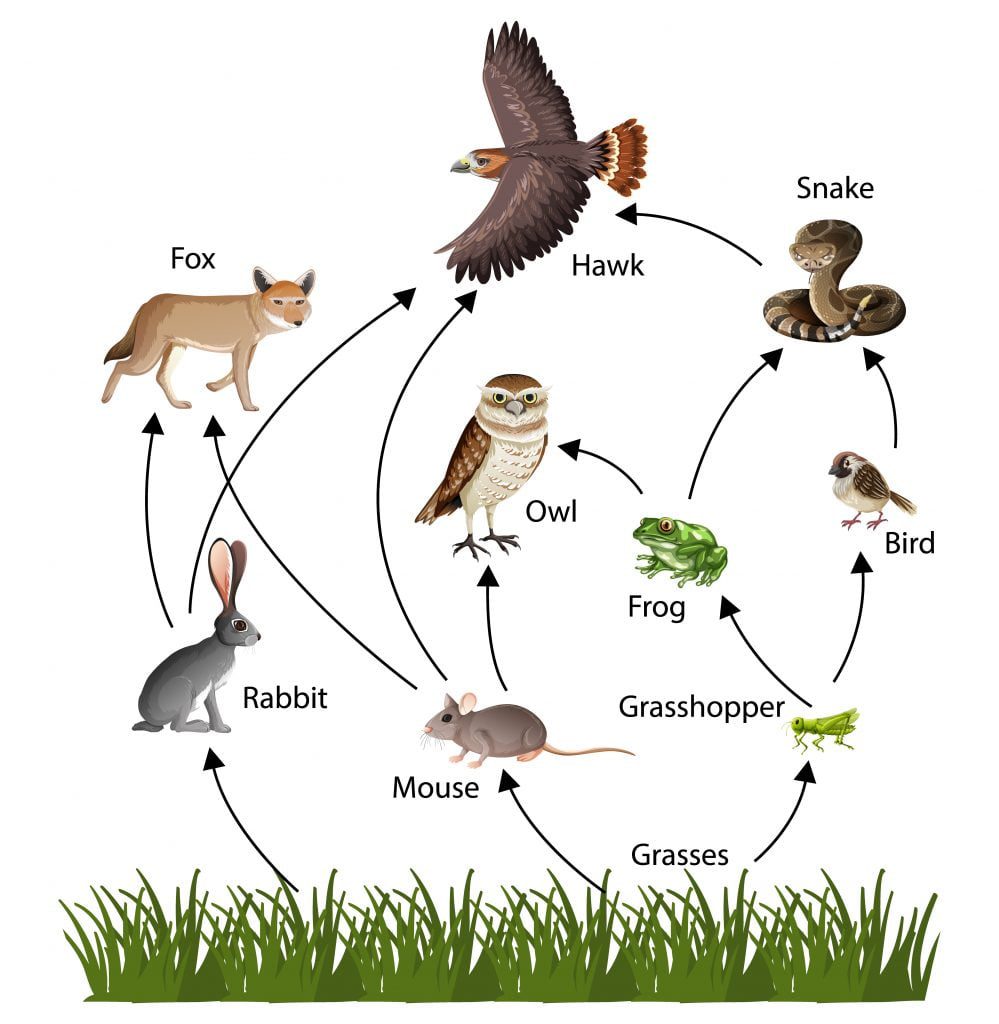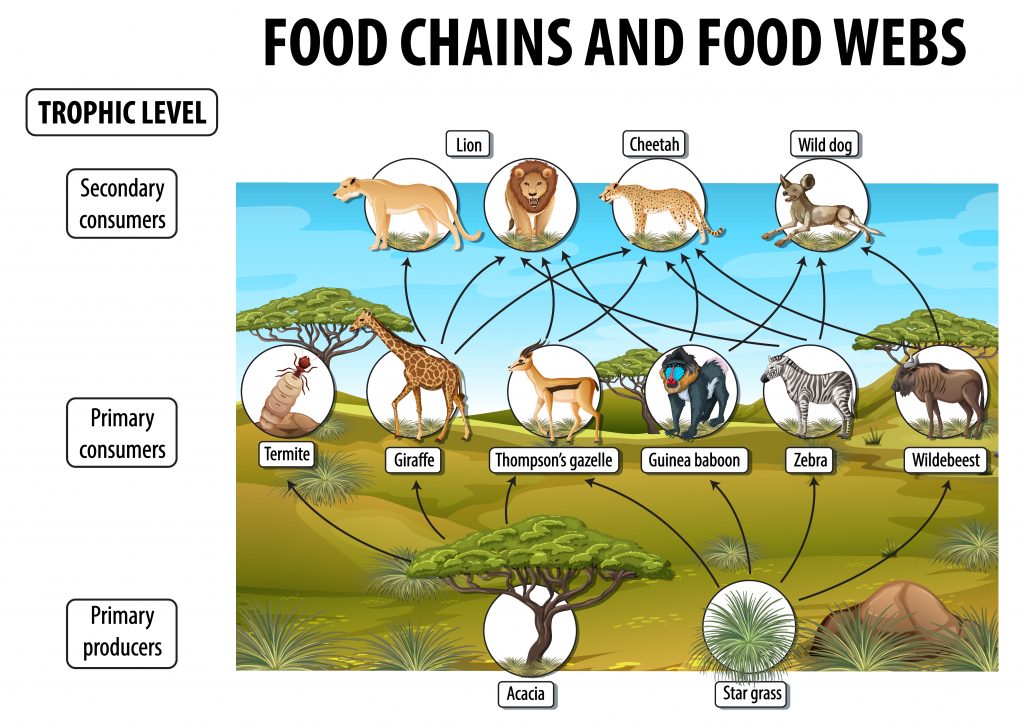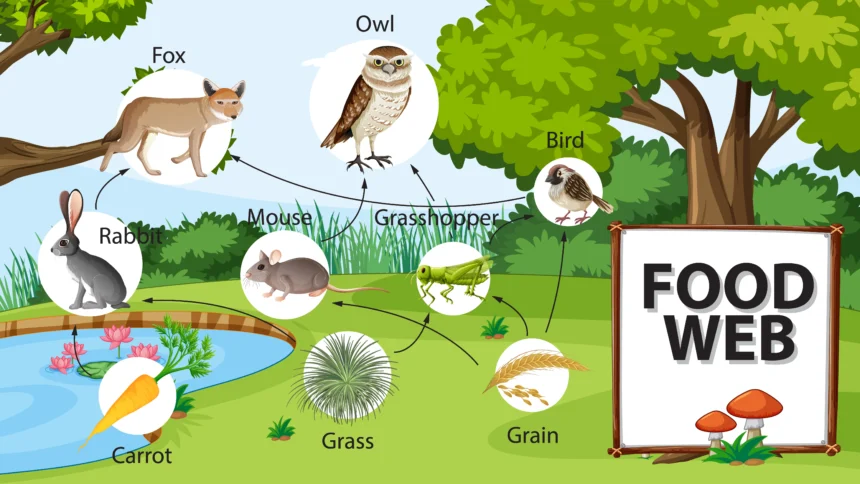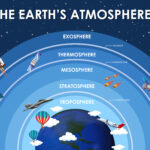We are all reliant on food to live. For living beings to grow, they require energy. But did you know that this cuisine is made in a specific way? There are also a variety of plants and animals that rely on this creation for survival. This has a name, and understanding more about it is a valuable lesson that may surprise you.
In this blog post, we’re going to discuss why is food web important? Before jumping to that first let’s know bout what the food web is. So, stay tuned!
⫸ What is Food Web?
Why is the Food Web important? To understand that we need to first understand what the food web is. A food web is a complex interconnected diagram that depicts the overall food interactions among creatures in a given ecosystem. It’s a “who eats whom” diagram that depicts the intricate feeding connections in a given ecosystem.

Food webs are important to examine because they may demonstrate how energy flows across an ecosystem. It also aids our understanding of how poisons and contaminants accumulate within a given environment. They may also disclose crucial information regarding the interactions between invasive and native species in a given ecosystem.
⫸ Food Web: Trophic Levels
▶ Primary producers:
Photosynthesis is how primary producers manufacture their food. Photosynthesis converts the sun’s light energy into chemical energy, which is then used to generate food. Autotrophs are another name for these species.
Examples-
◉ Plants
◉ Algae
▶ Primary consumers:
The animals that devour the primary producers are known as primary consumers. They’re termed primary because they’re the first species to devour primary producers or those who grow their food. Herbivores are another name for these animals. Rabbits, beavers, elephants, and moose are examples of animals with this categorization.
▶ Secondary consumers:
Organisms that devour main consumers are known as secondary consumers. These animals are carnivorous or omnivorous because they devour animals that eat plants. Carnivores eat only animals, but omnivores eat both flora and fauna. A secondary consumer is a bear, for example.
▶ Tertiary consumers:
Tertiary consumers can be both carnivorous and omnivorous, just like secondary consumers. Secondary consumers, on the other hand, devour other carnivores. An eagle is a good illustration.
Additionally, creatures known as decomposers consume and decompose dead plants and animals. Decomposers include fungi and bacteria. For eg- Vultures.
◆◆ Food web vs Food chain:
Since they both depict the passage of energy through an ecosystem, food chains and food webs are easily mistaken. The food web, on the other hand, demonstrates how the paths are interrelated, whereas a food chain just depicts one path. By examining each, you may learn more about the differences between a food chain and a food web.
While a food web encompasses all of an ecosystem’s constituent food chains, food chains are a distinct construct. A food web is made up of several food chains, some of which are very brief and others that are considerably longer.
The transfer of energy through the food chain is tracked. The energy of the sun is the starting point, and it is recorded as it moves up the food chain. This migration is usually linear from one creature to the next.
A short food chain, for example, can include plants that use the sun’s energy to make their food via photosynthesis, as well as the herbivore that eats these plants. Two different carnivores that are members of this food chain may consume this herbivore.

When these predators are killed or die, the decomposers in the chain break them down, releasing nutrients into the soil for plants to use. This short chain is one of many components of an ecosystem’s broader food web.
Other food chains in this ecosystem’s food web may appear to be quite similar to this one, or they may appear to be extremely dissimilar. The food web, which is made up of all of an ecosystem’s food chains, will highlight how organisms in the ecosystem interact with one another.
A food web, on the other hand, is more useful for understanding how animals interact and connect within an ecosystem.
◆◆ Types of Food Webs
There are several different types of food webs, each with its own set of rules for how they’re built and what they illustrate or emphasize concerning the organisms in the environment being depicted.
Connectance and interaction of food webs, as well as the flow of energy, fossil, and functional food webs, can be used by scientists to show various elements of ecosystem connections. Scientists can further categorize the many types of food webs based on the ecology reflected in the web.
▶ Connectance Food Webs
In a connected food web, scientists employ arrows to symbolize one species being devoured by another. The arrows are all of the same weight. The degree of strength of one species’ ingestion by another is not shown.
▶ Interaction Food Webs
In interaction food webs, scientists use arrows to illustrate one species being absorbed by another, exactly as they do in connectance food webs. The arrows, on the other hand, are weighted to reflect the extent to which one species is consumed by another.
If one species regularly consumes another, the arrows portrayed in such arrangements can be wider, bolder, or darker to indicate the strength of consumption. The arrow can be very narrow or not existent if the relationship between species is very minimal.
▶ Energy Flow Food Webs
By quantifying and displaying the energy flux between species, energy flow food webs represent the interactions between creatures in an environment.
▶ Fossil Food Webs
Food webs can be fluid, and food linkages within an ecosystem can shift over time. In a fossil food web, scientists try to rebuild species linkages using information from the fossil record.
▶ Functional Food Webs
The relationships between creatures in an ecosystem are depicted in functional food webs, which show how various populations influence the rate of growth of other populations in the environment.
⫸ Why is Food Web important?
◆ The food chain keeps the ecology in check
Food chains depict the conditions in which a producer or customer is lost as a result of an incident. Entire communities can be wiped out. As a result, food chains assist scientists in learning more about ecosystems and ensuring that they remain balanced.
Every plant and animal species, large or little, relies on the existence of another plant or animal species to some extent. Bees obtaining pollen from flowers, plants photosynthesis, or lions devouring the deer are all possibilities. The ecosystem’s balance will be disrupted if a single point is lost.
◆ Plants are the cornerstone of food webs
Plants are the cornerstone of all ecosystems and food chains, and food webs are useful tools for recognizing this. Photosynthesizing plants provide us with the first product of the food chain, which is sustenance.
Plants provide us with food, oxygen for survival and reproduction, clothing, and even furniture, as well as a plethora of other essentials for long-term sustainability. Plants also help to reduce greenhouse gas emissions and provide homes for a variety of creatures. As a result, it is critical to comprehend the ecology of the environment in terms of plants.
◆ Natural Selection
Food webs aid in the comprehension of natural selection by illustrating the species hierarchy, with carnivorous, omnivorous, and tertiary organisms at the top of all food chains. It is a pattern of eating based on inherent survival traits and instincts that represents the physical and behavioral adaptations of plants and animals.
Food scarcities caused by overhunting, poaching, global warming, and habitat degradation destabilize populations, leading to extinction, according to food webs.
◆ The circulation of energy and nutrients
The movement of energy, nutrients, and organic compounds through an ecosystem is described by a food chain. Plants are at the bottom of the food chain, producing energy, which is then passed on to higher-level species like herbivores. After that, energy is transmitted from one to the other when carnivores eat herbivores.
◆ The food web helps determine the trophic level of organisms
An organism can be classified as belonging to more than one trophic level, depending on the food chain. Seals, for example, maybe considered apex predators at the highest trophic level in some situations where they devour primary and secondary consumers of fish.
Seals that become prey for sharks in other communities, on the other hand, may be deemed to be at a lower trophic level. In food webs, these relationships are more visible, whereas, in food chains or pyramids, they are more difficult to notice.
⫸ Applications of Food Webs
Food webs have numerous ecological applications. A food web’s principal aim is to depict the movement of energy in an ecosystem through interactions. The following are some further applications.
◉ Ecosystem health is assessed quantitatively.
◉ Keystone species identification
◉ Identifying species-to-species interactions
◉ Identifying community structure from the bottom-up and top-down.
◉ Patterns of energy transfer in both aquatic and terrestrial ecosystems are being revealed.
◆◆ Last Thoughts:
The food web and food chain processes are fascinating to learn about. We often just sit down and eat without thinking about where our food comes from or the journey it takes to get to our tables. You may simply care more about your foods if you understand more about the food web and food chain.






Hello, Neat post. There’s a problem along with your web site in web explorer,
could test this? IE still is the market chief and a
good component to other folks will pass over your excellent writing due to this problem.